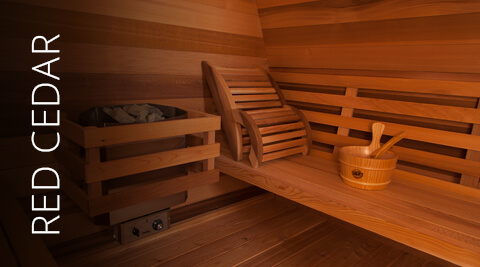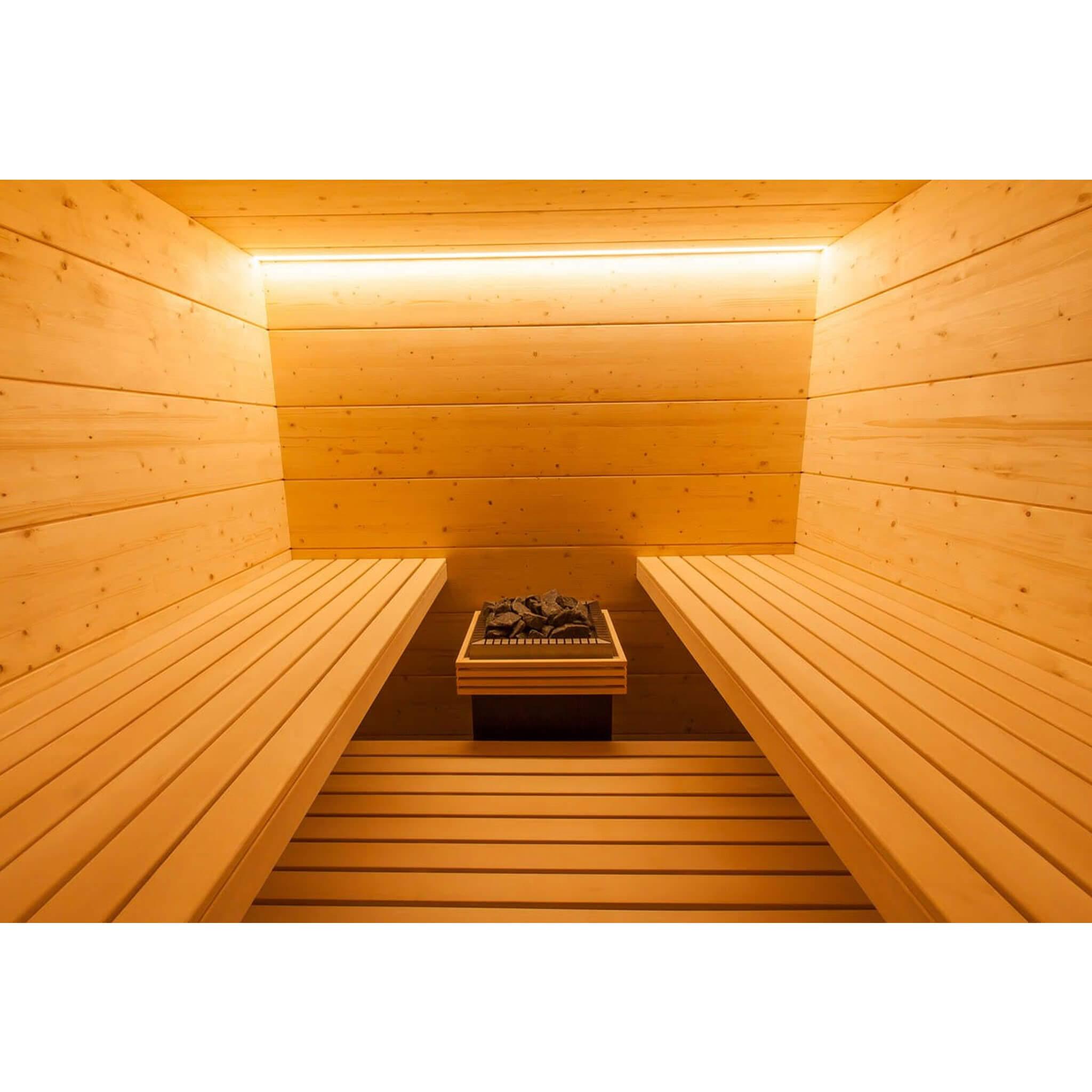The Main Principles Of Traditional Sauna
The Main Principles Of Traditional Sauna
Blog Article
What Does Traditional Sauna Do?
Table of ContentsThe Traditional Sauna IdeasThe 3-Minute Rule for Traditional SaunaTraditional Sauna - QuestionsTraditional Sauna Things To Know Before You Get ThisSome Known Incorrect Statements About Traditional Sauna
A lot of the weight lost in a sauna is water loss and is re-gained upon rehydrating. However, certainly sauna can be a fundamental part of a healthy and balanced weight loss program. To take a look at the distinctions between typical and IR saunas, I will separate these into verifiable, theoretical, and made distinctions.Hence, the hottest point in the saunawhich is at the ceiling directly above the sauna heateris normally between 185 and 190 F. Claims that a standard sauna exceeds 200 F is merely not true and not appropriate for electric saunas offered in the United States. The temperature for a far-infrared sauna is generally established in between 120 and 140 F; nonetheless, unlike the typical sauna, the goal in and IR area is not to achieve a heat.

When a traditional sauna has actually been appropriately heated, the sauna walls are warm, the air temperature level has accomplished set temperature level and the rocks are super heated. As an intriguing side note, the warmed wall surfaces and the rocks are giving off far-infrared warmth, combined with the heated air, to produce an "enveloping warm".
The 30-Second Trick For Traditional Sauna
When the heat is achieved, the components cycle on and off to maintain the heat. The majority of typical sauna customers enjoy putting water over the rocks to produce vapor to elevate sauna humidity levels. The advantages of pouring water over the rocks include: making the space more comfy, dampening the nasal flows, and allowing the use of aromatherapy by mixing important oils with the water.

When the power enters the body, it triggers the body temperature to raise and ultimately results in perspiration. In an infrared sauna it is very important for the emitters/heaters to stay on practically frequently. Because there is no mass of rocks to maintain warmth, the click this sauna will cool down if the emitters shut down.
All about Traditional Sauna
As mentioned over, the sauna bather in an try these out infrared space wants to place himself before operating emitters to get optimal gain from the heat. The heating time for both areas can be extremely various, depending on how the rooms are utilized. For a conventional sauna, a bather must enable 30-40 minutes for the area to accomplish a desired temperature level and to correctly pre-heat the rocks.

A well created sauna will usually attain a temperature of 150-160 F in regarding 30-40 mins (Traditional Sauna). For hotter temperatures, the space might require to heat for a longer period. As soon as the room achieves set temperature level, the heater will cycle on and off, normally running about 50% of the time. The protected walls and the warmed rocks will certainly maintain the room hot and at steady temperature levels.
To some, 15 mins was "wasted" while the infrared energy heated the wood panels rather than heating up a body, while others discover a pre-heated space to be extra comfy and think a raised beginning temperature level is essential to start sweating. The size of advised usage for every room is roughly the exact same (10-15 minutes per session); nevertheless, due to the lower air temperatures and the ability to feel the effects of infrared heat faster than a conventional sauna, it is not uncommon for a person to invest a total amount of 20-30 mins in an infrared sauna.
The Ultimate Guide To Traditional Sauna

The average expense per kWH of electricity in the U.S. is about $0.11, so a 4.5 kW heater will set you back approximately $.50 to run for one hour, if the heating unit runs continually for one hour. Normally a sauna heating system will run for 75% of the initial hour and 50% of succeeding hours on since the aspects cycle once the established temperature level is accomplished.
A 2 person far-infrared room is normally literally smaller sized than a traditional sauna, typically concerning 4' x 4' or smaller sized. The IR furnace is generally 1.5-1.7 kW utilizing a 120 volt 15 amp plug-in solution. Considering that the area can be made use of click resources sooner than a sauna room, we will assume the space is utilized for to of an hour including warm up time.
There is a hardly ever discussed difference in the social experience in between the 2 areas. While our society has actually shed a few of the social advantage of the standard sauna experience, it can be extremely socially satisfying (Traditional Sauna). From family members time in the sauna, to heart-felt discussions with loved ones, to sauna partiesthe typical sauna experience can result in intimate interacting socially
What Does Traditional Sauna Do?
Many greater end infrared spaces consist of colored light treatment, sound systems and full-glass fronts.
Report this page